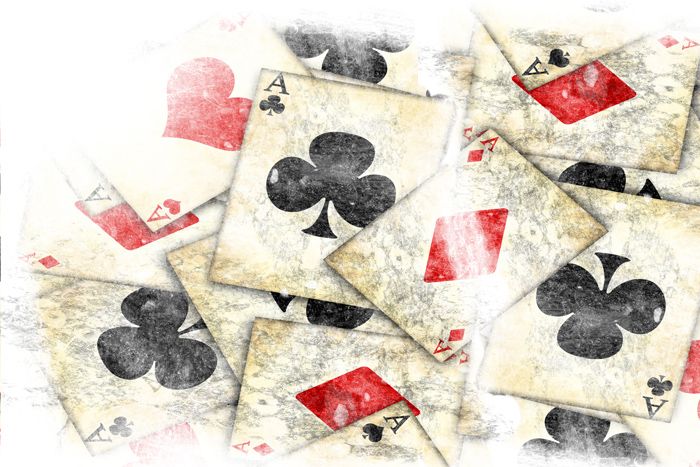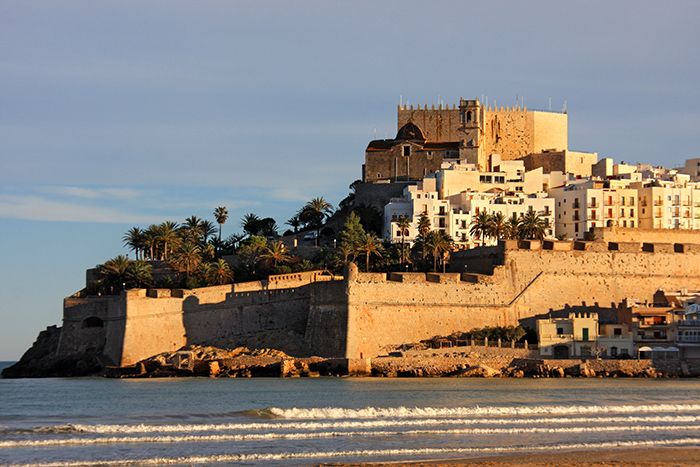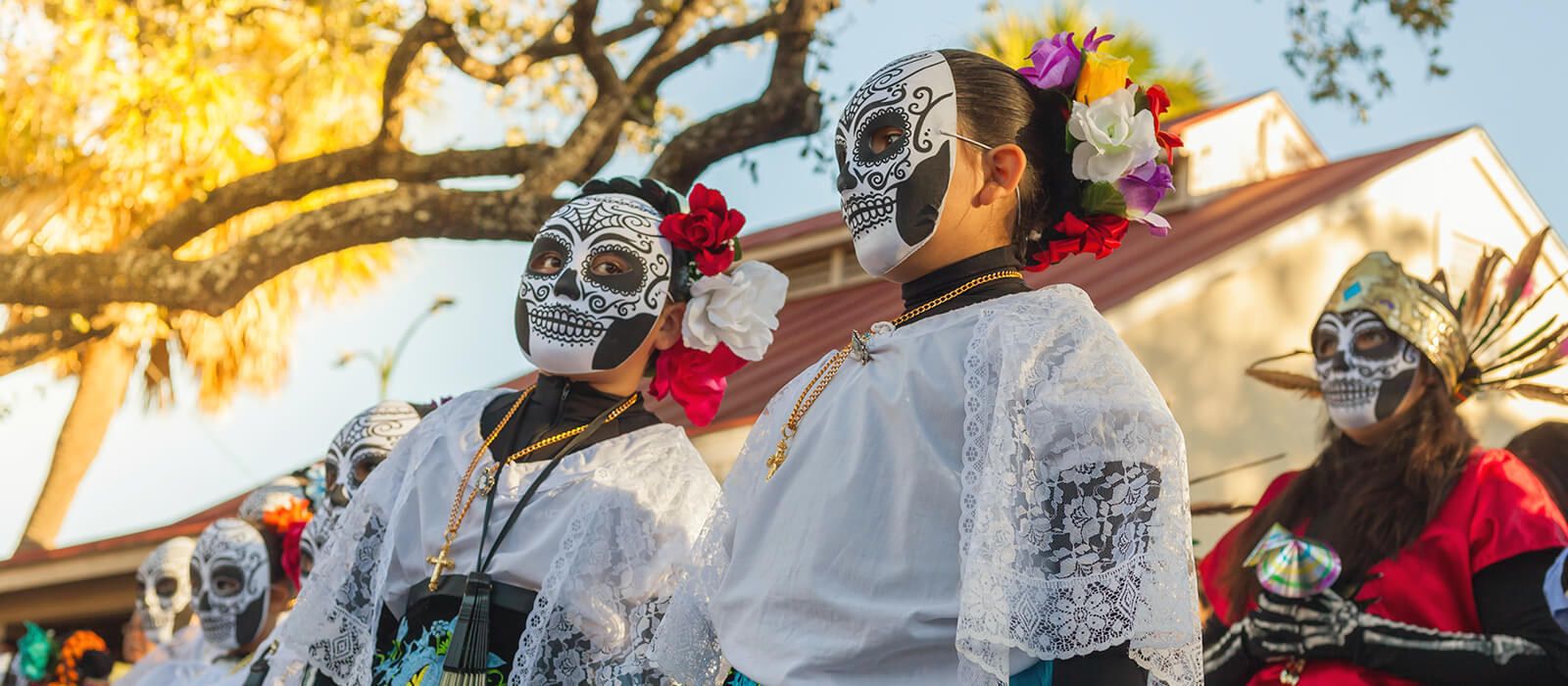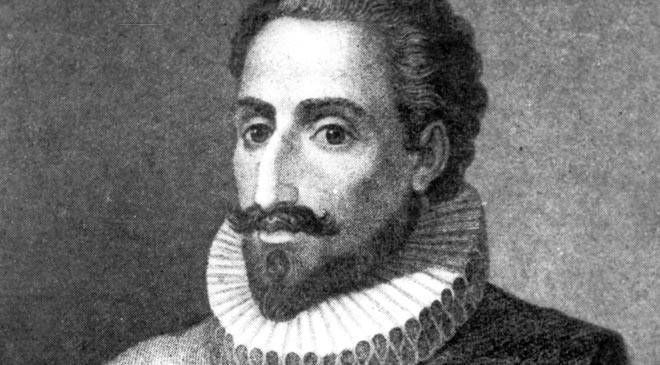enforex_pages_course_price_block_b3c82a7e-7a05-4148-a15b-bcd77c3becf6
Personalize your program with accommodations and extra services
Personalize your program with accommodations and extra services
This course is aimed at students of all Spanish levels who are interested in experiencing a full language and cultural immersion by combining interactive language classes with special activities that will take them out of the classroom and into the city.
This program is ideal for students who want to take advantage of their free time and use it to improve their Spanish skills and experience a new culture.
Travel to a Spanish-speaking country during a unique time of year. Enjoy your winter break to the fullest by learning Spanish on the beach (Barcelona, Tenerife, or Valencia), or in an urban center full of history and culture (Madrid or Salamanca).
This Winter Break course provides the perfect opportunity to take your Spanish to the next level while enjoying a festive atmosphere in the destination of your choosing.
During your cultural activities you will visit Christmas Markets, taste typical Christmas products such us nougat or the traditional “roscón” of the Three Wise Men (round cake) or live cultural traditions and customs like New Year’s Eve party and the twelve strikes.
This course is aimed at students of all Spanish levels who are interested in experiencing a full language and cultural immersion by combining interactive language classes with special activities that will take them out of the classroom and into the city.
This program is ideal for students who want to take advantage of their free time and use it to improve their Spanish skills and experience a new culture.
Travel to a Spanish-speaking country during a unique time of year. Enjoy your winter break to the fullest by learning Spanish on the beach (Barcelona, Tenerife, or Valencia), or in an urban center full of history and culture (Madrid or Salamanca).
This Winter Break course provides the perfect opportunity to take your Spanish to the next level while enjoying a festive atmosphere in the destination of your choosing.
During your cultural activities you will visit Christmas Markets, taste typical Christmas products such us nougat or the traditional “roscón” of the Three Wise Men (round cake) or live cultural traditions and customs like New Year’s Eve party and the twelve strikes.
Personalize your program with accommodations and extra services
 What's your Spanish level?
Take our Spanish test and
find out!
Start test
What's your Spanish level?
Take our Spanish test and
find out!
Start test

Halloween is approaching and a small controversy is flaring up: have we Spanish-speaking countries betrayed our roots by turning something as profound as All Souls' Day into something superficial?
Let's take it one step at a time: All Souls' Day is celebrated on the 1st and 2nd of November. In many places the 1st is a public holiday so people go out on the eve, and what better way to have fun the night before a holiday than a costume party? Besides, that doesn't mean we're being frivolous: many people who celebrate Halloween also remember their loved ones on the following days.
Controversy aside, it is curious to see how some countries have adapted Halloween to their culture. Let's give you some examples.

In México, of course, the big celebration is the Day of the Dead, but Halloween is also celebrated. It is curious to see how children have adapted trick-or-treating and go from house to house asking not for sweets, but for donations. On 31 October, costume parties are also held, but with little connection to the typical images of the Day of the Dead. The latter, as tradition dictates, is celebrated when it is due.
In Spain it is the case that, in the north of the country and especially in Galicia, a Celtic festival very similar to Halloween, called Magosto, was already celebrated between 1 and 11 November. However, in Spain they have adapted Halloween to the Spanish in an unexpected way: some families solve the "trick or treat" by giving children Christmas sweets such as nougat or marzipan. Many say this is one of the reasons why by mid-October you can already see all kinds of Christmas specialities in supermarkets.

In Argentina Halloween is celebrated as if it were carnival: parties, dances... a simple party to have a good time. For a while there was also controversy related to the adoption of a foreign custom and it was proposed that instead of monsters such as the werewolf or Dracula, American-style beings such as the Anchimalén goblin, the vampire Ehéie or the Mapuche monster Pihuchén would be the protagonists. The proposal - it's a pity - never came to fruition. What does take place every year in Buenos Aires is the Halloween Run, a night-time marathon in which people dress up in costume.
We were very surprised, we admit, to learn that Halloween was already being celebrated in Colombia in the 1960s, although it was a festival celebrated by urban high society. In the 1970s it spread to the rest of the population. By the way, in Cartagena de Indias there is an indigenous tradition reminiscent of trick-or-treating called Tintililillo: children go around the neighbourhoods singing a little song and asking for a few pesos.
In Costa Rica the celebration of Halloween has served, ironically, to revitalise a somewhat forgotten custom, that of the masquerade. It is a festivity that unites the Spanish tradition of the giants and big-heads with indigenous traditions. Such has been the strength with which the festival has returned that in 1997 it was declared by decree that 31 October should be the national day of the traditional Costa Rican masquerade.

The clash between Halloween and tradition is most evident in Peru. Since 1944, 31 October was established as the day of one of the country's best-known traditional manifestations, the "canción criolla"; however, in recent years many Peruvians have dedicated the day to Halloween festivities. There have also emerged supporters of a third way, "Criolloween", which advocates uniting the aesthetics of one and the content of the other.
Halloween has taken hold, but the traditions refuse to go away, giving rise to parties, celebrations and very curious manifestations. Something very, very interesting.

Malaga’s great pride is being the birthplace of one of the greatest geniuses of painting, Pablo Picasso. We all know his work and his style, but many are unaware of some of the most curious details of his life. Do you want to learn about some of them?
We almost didn’t have this genius: at birth he was given up for dead; but his uncle Salvador, a physician by profession, was able to revive him.
We all know him as "Pablo Picasso,” but if we saw his birth certificate we would be surprised. His name was really Pablo Diego Jose Francisco de Paula Juan Nepomuceno Maria de los Remedios Cipriano de la Santisima Trinidad Martir Patricio Clito Ruiz y Picasso!
It is known that Picasso started painting from an early age. So early in fact that his first word was "piz" referring to lápiz (pencil in Spanish)!

And he really was a “chip off the old block.” Picasso's father was an instructor at the School of Fine Arts in Malaga. They say, that upon seeing that his son had surpassed him in talent at barely 13 years old, the father gave up painting.
He was a rebellious student and was often punished; but he did not take it badly because he used the afternoons of punishment to draw and create in his own fashion.
Few know this: Picasso figures in the Guinness Book of Records as the most prolific artist in the world with 3,500 paintings, 100,000 prints, 34,000 illustrations and 300 sculptures.
In 1911 the famous Mona Lisa was stolen from the Louvre. The police called Picasso, but as a defendant! Of course, he could prove his innocence.
Ironically Picasso is precisely one of the most "stolen" artists. More than 350 of his works have been victims of thievery.

Picasso was a great friend of another genius of painting: Joan Miro. In fact, their mothers already knew each other, but their true friendship was born when Picasso's mother sent Miro to take her son, who was residing in Paris, an ensaimada (typical, fluffy pastry from Malaga). It took the young Miro several days to find Picasso, and when they were finally together, he gave him the ensaimada, which was already hard. Picasso was impressed that, in a gesture of honesty, Miro hadn’t eaten the pastry.
Picasso's friends claim that he used to carry a revolver loaded with blanks that he would fire when a conversation became too boring.
They say that when he realized that, one night, he had no money, Picasso wanted to pay for a dinner with a drawing. The manager of the restaurant, knowing the painter's fame, asked him to sign it. To which Picasso replied "What I want is to pay for dinner, not buy the restaurant.”
Picasso is the favorite artist of many, but who were Picasso's favorite artists? It is said that he had a weak spot for the work of El Greco and, after his pink period, began to deeply admire ancient Iberian art and pieces such as the Lady of Elche or the Lady of Baza.

As you can see, genius, art and even wit had always been present in the life of Picasso. Therefore, to conclude this article, we quote the painter himself: "When I was a child, my mother told me: If you become a soldier you will grow into a general, if you become a priest, you will end up a pope. Instead of all that I decided to be a painter and I became Picasso."

In Spanish, we can say “mantenerse en sus trece” which translates literally to “keep to one’s thirteen”. Yet this isn’t talking about a thirteen-year-old who doesn’t want to grow any more. Far from it.
If someone “keeps to their thirteen,” it means something like they stand firm on a position about whatever subject, and nothing will make them change their mind. And this Spanish way of saying “standing one’s ground,” in fact, has a special nuance. Someone who holds their thirteen won’t change their mind, even when the opposing ideas are correct, or even indisputable.
One example of this common saying goes something like this:
So, as it is an idiom with such a marked meaning, we will investigate its origin and how it got to us.
After checking various sources, we found that it has two possible and very striking origins.
On the one hand, it is said it might come from a card game from the Middle Ages in which the goal was to reach fifteen points, without going over, adding up the value of each card. The player who got closest to those points won, and so, anyone who reached thirteen points held their cards, taking no more, as it would have been easy to go over fifteen with only one more card.

As such, keeping to one’s thirteen, with all its variants, might very well have originated from this ancient card game.
On the other hand, it is said that it might come from the times of Pope Luna, also known as Pope Benedict XIII.
They say that after the division of the Church in the districts of Avignon and Rome, this Pope was chosen as the representative of the French see.
Shortly after the appointment of Pope Benedict XIII, France withdrew its support and he was forced to go live in the Peniscola Castle in Spain, stripped of his power.

As he found it unjust, he relocated with the few people who still considered him Pope to the Castle, although he had the habit of shouting "I am Pope Benedict XIII!" constantly. That is why, after repeated it so many times, it began to be taken as an expression leading to the one we know today. Others say that what he shouted was "I am Pope ... and thirteen!", which also would have given rise to our saying. Whatever the real origin of this expression, if someone “keeps to their thirteen” it is synonymous with being a bit hard-headed.

The Day of the Dead is a very special day in Mexico. Far from being a sad or gloomy day, its color, animation and aesthetics celebrate life and its triumph over death. It is something that goes beyond the sweets, makeup, the attire... That is why we are going to show you the meanings behind the beauty of this day.

First we should talk about the eye-catching Catrinas, amusing representations of a skull or bones painted on the face well-dressed women. Its invention dates to 1910, when figures of animated skeletons appeared in the newspapers satirizing the politics of the time. A Catrina, called Garbancera at the time, represented a snobbish sector of society who would dress, talk and act as if they were foreigners, ignoring their cultural roots. The famous painter Diego Rivera fell in love with the persona and gave it the name we all know it by today- Catrina. As such, Catrina has now become the indisputable star of the Day of the Dead and even an "it girl". In fact, the design school of the beautiful city of Leon, in the state of Guanajuato, organizes a fashion show each year where its students show their creations based on this character. In another of our destinations, Oaxaca, these Catrinas are also to be seen, but this time in an eerie procession through the streets.
Typical of this date are candy sugar skulls, a sweet confection called alfeñiques. They are often seen in offerings on the altars that fill streets and neighborhoods during this day, as well as given as gifts to family and friends, often bearing their name. Their roots can be traced to the funerary rites of Mesoamerican cultures, in which the skulls of deceased ancestors were displayed. Today, in Leon, these alfeñiques are also revered in a festival dedicated exclusively to them. There are many, many forms of this confection which fills the stomach, sweetens the spirit and charms the eyes.

The most important and meaningful element is undoubtedly the offering. It has to do with that colorful and fascinating altar that we can see in houses, shops, restaurants... and hides many more secrets than we can imagine.
The altars for these offerings always have seven levels, count them if you want: a photo of a saint or a virgin is placed on the first one; the second is dedicated to the souls that are in purgatory; salt is put on the third level for the souls of the children in purgatory; also in the room, pan de muerto (sweet bread with red sugar), that must be made by the deceased’s relatives, is placed; the fifth holds fruit and the departed’s favorite food; a photo of the deceased is placed on the sixth level and on the seventh a rosary of tejocotes (a yellow, bittersweet fruit) or limes.

Other offerings are present too, also loaded with meaning: candles that must face the four cardinal points; white flowers, symbolizing the sky, and yellow flowers, symbolizing the earth; a rod to protect the spirit of the deceased from all evil... finally there is a path flanked by cempasúchil flowers from the entrance of house to the altar.
With so much symbolism and art contained in these altars, it is not surprising that every year the inhabitants of Guanajuato wait anxiously for the traditional monumental offering that the students prepare on the steps of the University. In another state, Oaxaca, cemeteries become impressive successions of offerings and altars illuminated by the spiritual candlelight.
The day of the dead in Mexico, as we say, has something inexplicable, mystical, lasting. Something that really makes us think that our loved ones still protect us.

Today is a very special day for us. as it is the birthday of Miguel de Cervantes, author of "Don Quijote de la Mancha". So, we want to you join the celebration with ten of his best quotes, to inspire you. Here they are!
Now you know the keys of the "Cervantino" wisdom. Use it wisely.